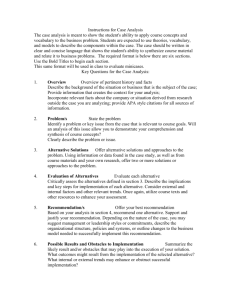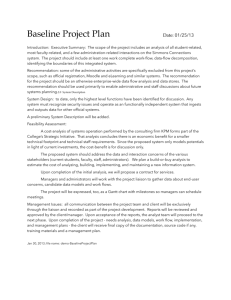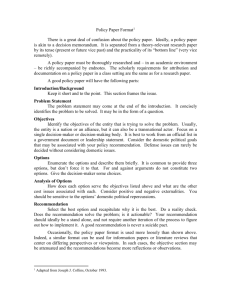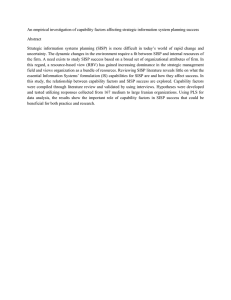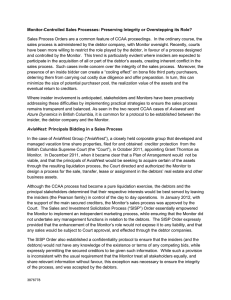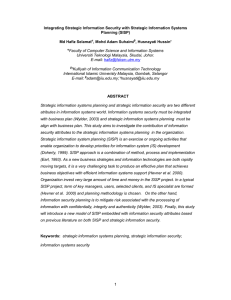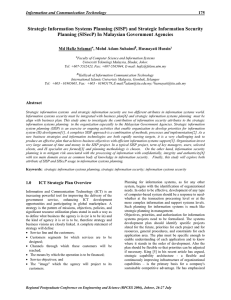SISP test problem report
advertisement
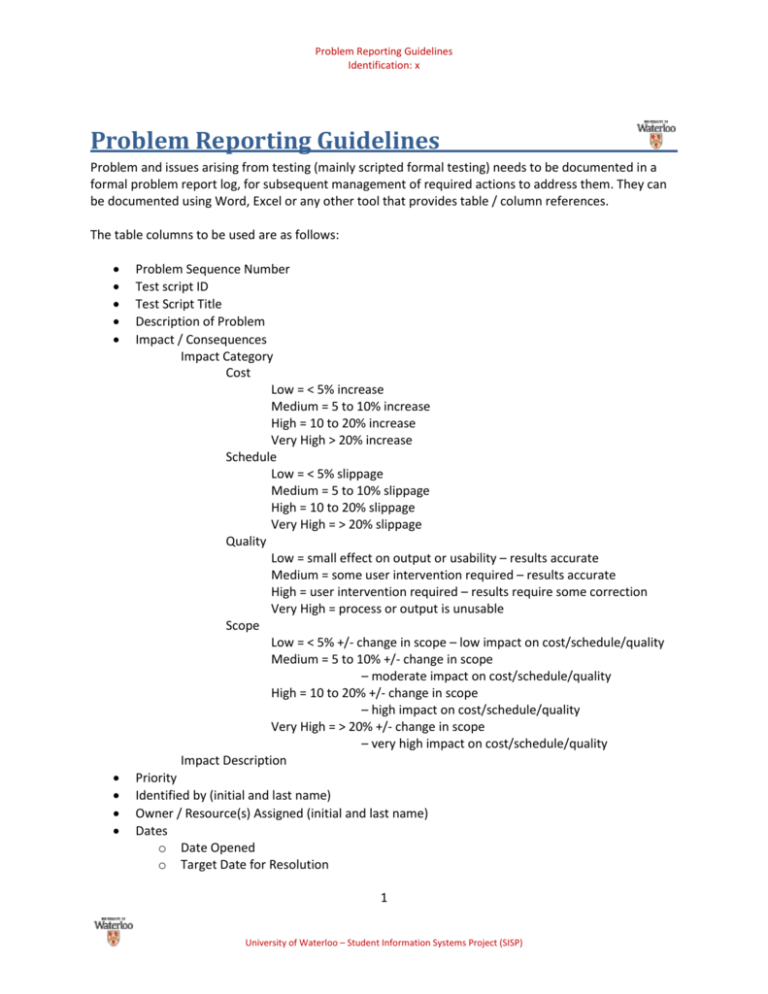
Problem Reporting Guidelines Identification: x Problem Reporting Guidelines Problem and issues arising from testing (mainly scripted formal testing) needs to be documented in a formal problem report log, for subsequent management of required actions to address them. They can be documented using Word, Excel or any other tool that provides table / column references. The table columns to be used are as follows: Problem Sequence Number Test script ID Test Script Title Description of Problem Impact / Consequences Impact Category Cost Low = < 5% increase Medium = 5 to 10% increase High = 10 to 20% increase Very High > 20% increase Schedule Low = < 5% slippage Medium = 5 to 10% slippage High = 10 to 20% slippage Very High = > 20% slippage Quality Low = small effect on output or usability – results accurate Medium = some user intervention required – results accurate High = user intervention required – results require some correction Very High = process or output is unusable Scope Low = < 5% +/- change in scope – low impact on cost/schedule/quality Medium = 5 to 10% +/- change in scope – moderate impact on cost/schedule/quality High = 10 to 20% +/- change in scope – high impact on cost/schedule/quality Very High = > 20% +/- change in scope – very high impact on cost/schedule/quality Impact Description Priority Identified by (initial and last name) Owner / Resource(s) Assigned (initial and last name) Dates o Date Opened o Target Date for Resolution 1 University of Waterloo – Student Information Systems Project (SISP) Problem Reporting Guidelines Identification: x o Date Resolved Recommendation(s) o Functional Recommendation (procedural) o Technical Recommendation (development) o Vendor Recommendation (support) Action(s) Taken Current Status Comments 2 University of Waterloo – Student Information Systems Project (SISP)

